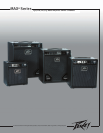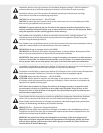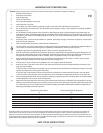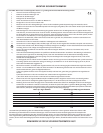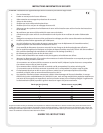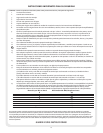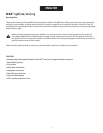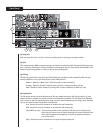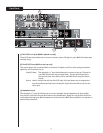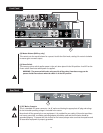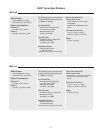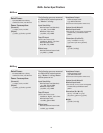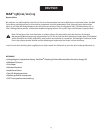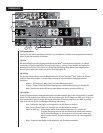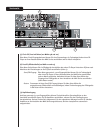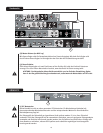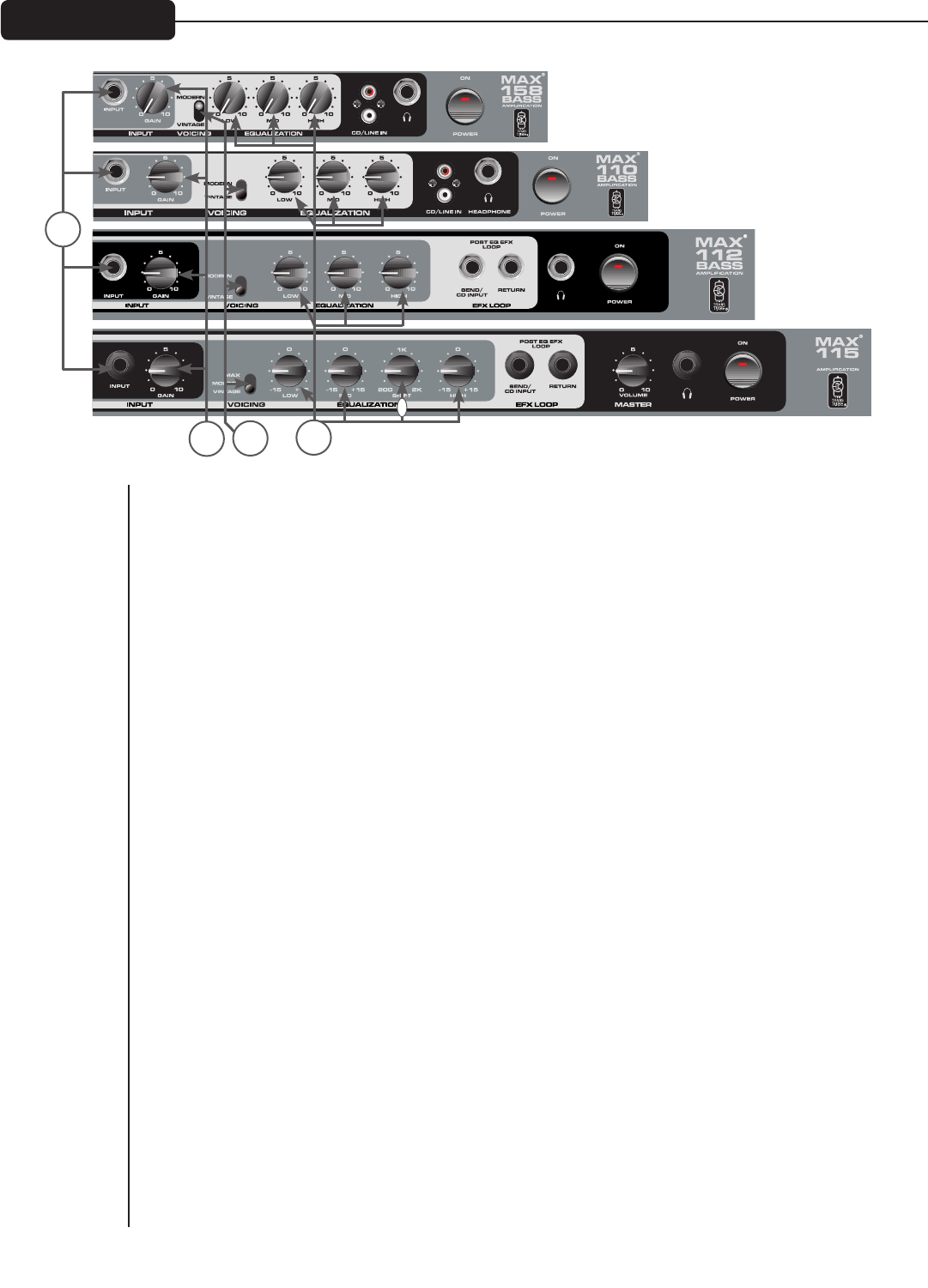
8
(1) Input Jack
Plug your bass into this 1/4" jack. Connect your bass prior to turning on the power switch.
(2) Gain
This control sets the MAX
®
preamp input gain and works in conjuction with the selected Voicing preset
(see 3, Voicing). Rotating the control clockwise increases gain, but your final setting will depend on the
output of your bass (passive or active) as well as your playing style.
(3) Voicing
The Voicing switch offers several EQ and TransTube
®
gain variations which essentially offer the user
several amplifiers in one, each with distinct tonal characteristics.
Modern - Based on “West Coast” EQ voicing with no tube simulation
Vintage - Based on Peavey TransTube front-end with a vintage tube bass voicing
MAX - Based on classic Peavey EQ voicing with no tube simulation (on MAX 115 only)
(4) Equalization
The EQ section allows for tonal adjustment of the amp model selected in the Voicing section (3) and
causes the EQ to respond in a manner similar to the amp being modeled. The EQ controls on the MAX
158, 110 and 112 are of a standard passive type (controls interact depending on setting), while the MAX
115 has an active EQ with independent cut and boost.
Low - Rotate the control clockwise to increase the low frequencies
Mid - Rotate the control clockwise to increase the mid frequencies
Shift (MAX 115 only) - This control provides a semi-parametric EQ that sets the frequency at
which the mid control cuts or boosts. Rotating the control clockwise from
left to right increases this frequency; it can be set anywhere between
200 Hz and 2 kHz.
High - Rotate the control clockwise to increase the high frequencies
Front Panel
2
1
3
4
shift



